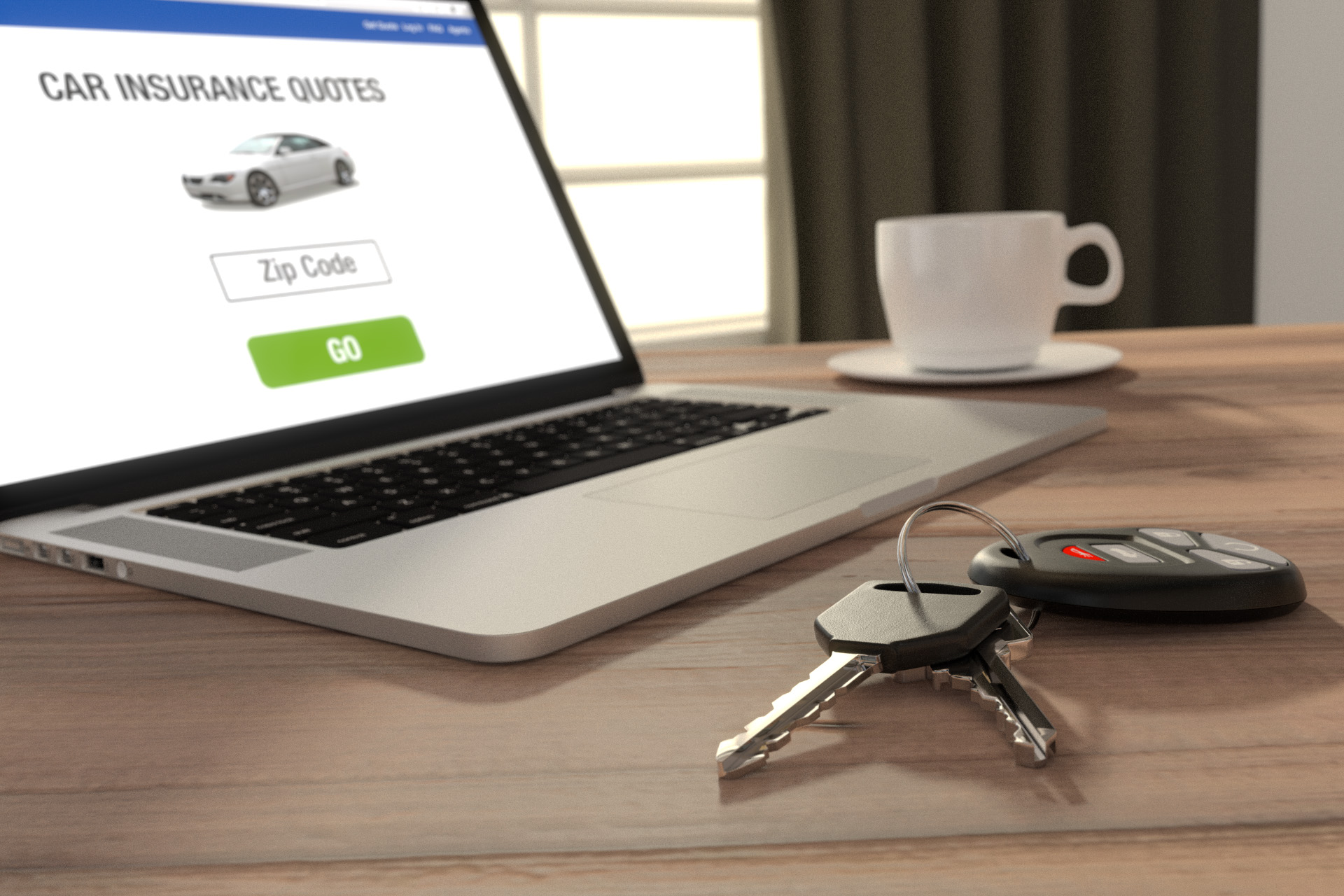Buying a car can be an exciting experience, but it’s important to ensure you’re making a sound investment by evaluating the car’s condition thoroughly. Even if a car looks good on the surface, there may be hidden issues that could result in costly repairs down the road. To help you make an informed decision, this article provides a comprehensive guide on how to evaluate a car’s condition before buying.
- Exterior Inspection The first step in evaluating a car’s condition is to examine the exterior. Look for signs of wear and tear, such as scratches, dents, and rust. Check the car’s paint job to ensure it’s consistent, as uneven or faded paint could indicate previous damage. Take a close look at the tires for signs of wear, and inspect the rims for any damage. Finally, check that all the lights are functioning properly, including the headlights, brake lights, and turn signals.
- Interior Inspection The next step is to evaluate the car’s interior. Start by inspecting the seats, checking for any rips, tears, or stains. Check that all the seat belts are functioning properly and look for any signs of wear on the dashboard or steering wheel. Test all the buttons and knobs to ensure they work, and inspect the pedals for any unusual wear.
- Mechanical Inspection Once you’ve assessed the car’s exterior and interior, it’s time to move on to the mechanical systems. Take a look under the hood and inspect the engine for any signs of leaks or damage. Check the oil level and quality, and inspect the radiator and hoses for any damage. Test the brakes to ensure they’re functioning correctly, and take the car for a test drive to evaluate the suspension, steering, and transmission.
- Warning Signs When evaluating a car’s condition, it’s important to be on the lookout for any warning signs that could indicate potential issues. Some common warning signs include:
- Loud or unusual engine noises
- Unusual odors
- Warning lights on the dashboard
- Rough shifting or acceleration
- Unresponsive brakes
- Steering wheel vibrations
If you notice any of these warning signs, it’s important to have the car inspected by a mechanic before making a purchase.
- Vehicle History Report Finally, it’s essential to review the car’s maintenance and repair history. This can be done by obtaining a vehicle history report, which will provide information about previous accidents, repairs, and maintenance. Look for any red flags, such as multiple accidents or a history of major repairs.
By following these steps, you’ll be able to evaluate a car’s condition thoroughly and make an informed decision about whether to make a purchase. Remember, a little bit of extra effort now can save you thousands of dollars in the long run.













